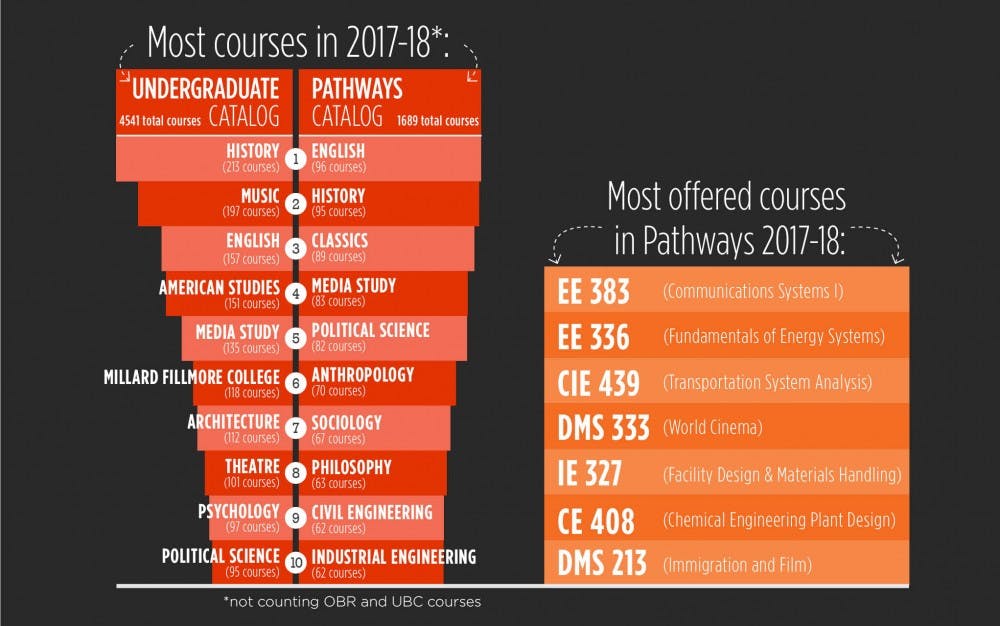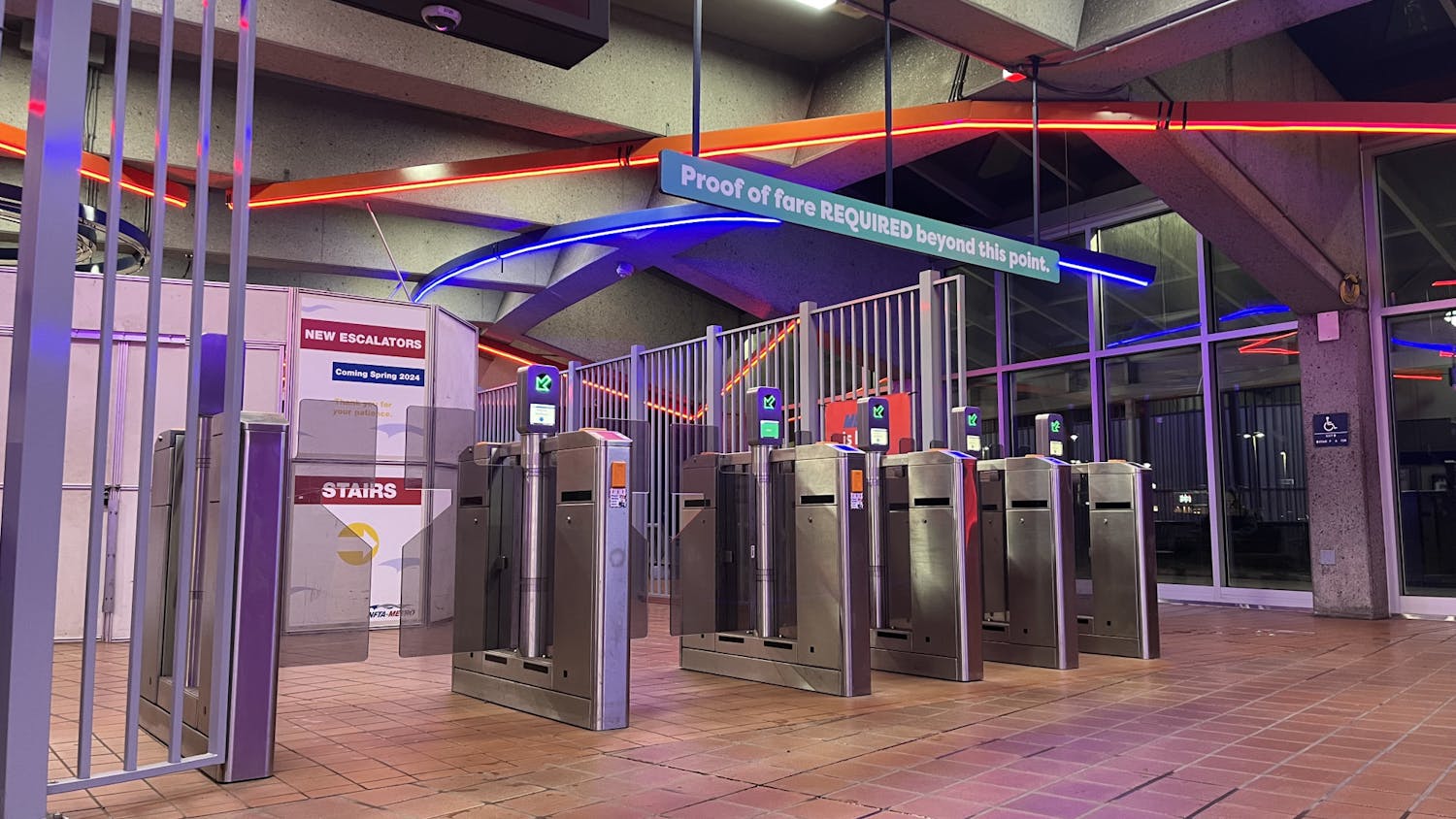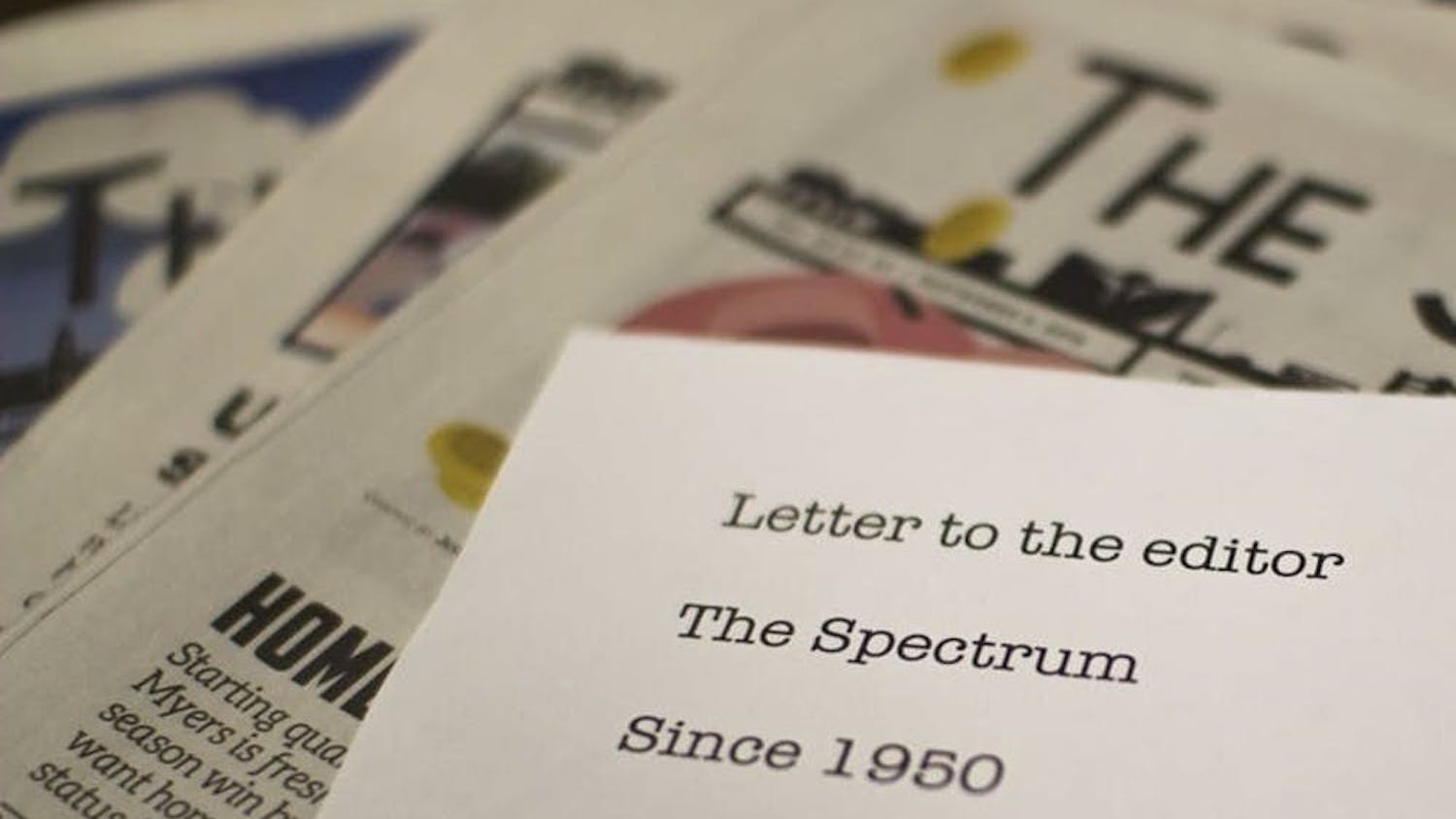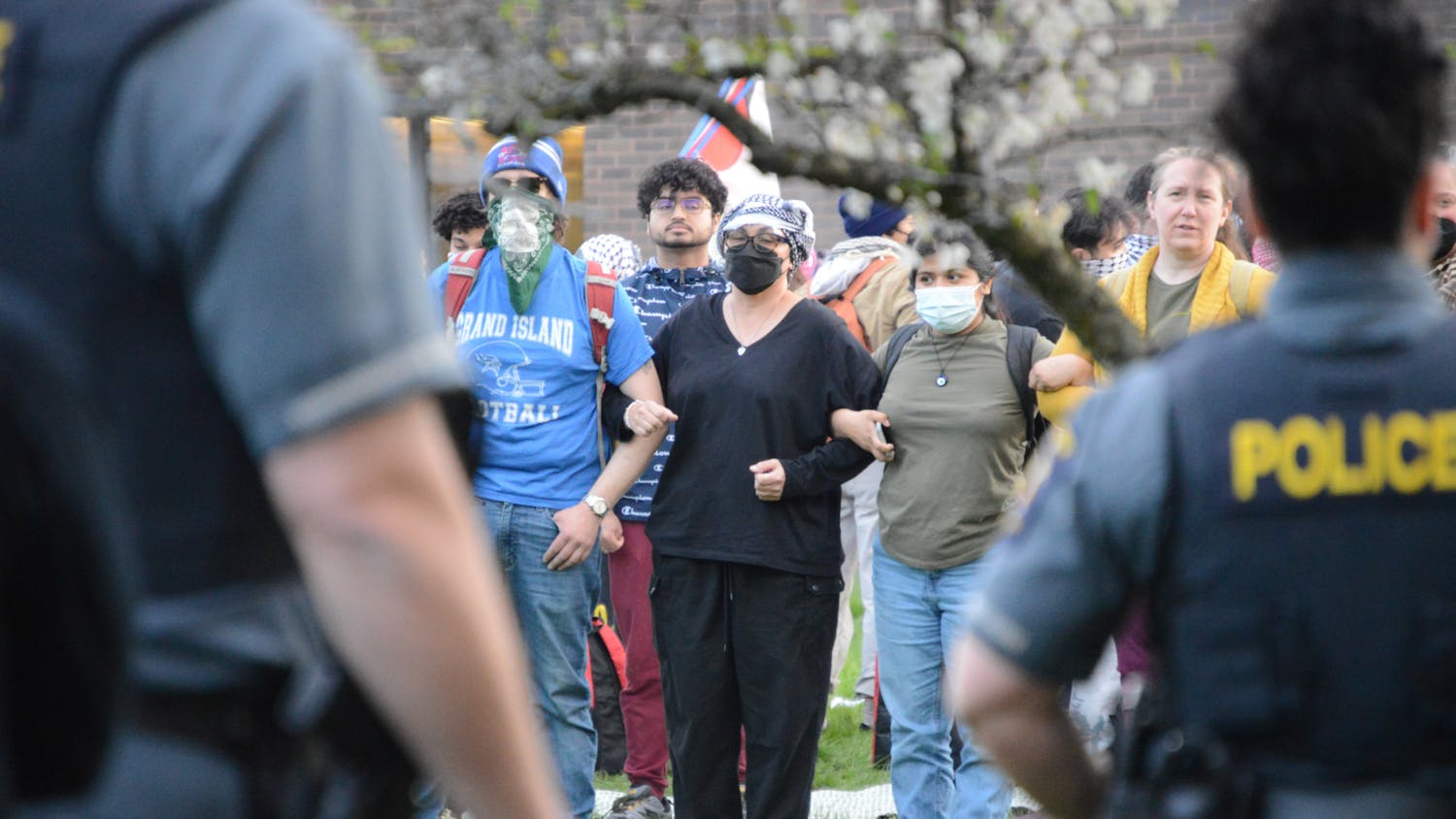Electrical engineering students can take “Communication Systems I,” a class about transmitters and receivers, to understand racism.
Industrial engineering students can learn “Facility Design and Materials Handling” to understand ancient civilizations.
Civil engineering students can take “Hydrologic Engineering” to discover more about global conflicts.
The list goes on.
Some students see an arbitrary connection of Pathway courses to their assigned topic. Computer science students taking this year’s Understanding Racism topic can take courses like “Introduction to Machine Learning” to fulfill major requirements. Instead of taking “Queer Theory,” biomedical engineering students can take “Biomedical Instrumentation” toward the Social Problems and Social Policies Pathway. Some professors say their classes relate to the Pathways, but others are baffled by what topics their classes are in.
Majors like mechanical engineering and industrial engineering are composed of 128 credit hours and rigorous coursework. Many students can “double-dip” Pathway courses with major requirements, according to Krista Hanypsiak, director of UB Curriculum.
But some students said UB needs to adjust the Pathways, which consist of Global and Thematic sections, each of which contains topics like global outlooks, health and humanities. The curriculum ends with the Capstone, a one-credit tutorial course for students to reflect on what they’ve learned through the Pathways.
Sarah Wagner, a freshman environmental engineering major, said her department allows her to take Pathways toward her major.
“The Pathways are pushing you to take classes that aren’t in your major. When I first saw it, I saw it as a way to take classes to get out of the way so I could focus on my major, which I kind of regret. But I just did what would fit for me,” Wagner said.
There are over 1,800 courses in the Pathways this year, but next fall, students’ options will decrease by 600 classes, to roughly 1,200 options, Hanypsiak said. That’s a drop of one-third of all course offerings. The cuts, she said, came because students reported feeling overwhelmed by the number of Pathway topics. The new Pathway topics are broader, more inclusive and more reflective of the university, she said. Hanypsiak said several courses in the Pathways this year were offered only once or not at all the past two years, making planning a challenge for students taking the Pathways.
Roughly 12,000 undergraduates follow the UB Curriculum for their general education requirements, Hanypsiak said.
Pathways, implemented in fall 2016, apply to freshmen, sophomores and transfer students. In 2016, the UB Curriculum received its first major changes since 1992. Andy Stott, former dean of undergraduate education, helped form the Pathways to replace the old general education requirements.
Pathways is composed of six courses, or 18 credits overall. Thematic Pathways explore broad areas of study like Communities, Populations and Spaces; and Human Nature. Global Pathways examine internationally focused themes, languages and study abroad options. Students must fulfill at least four study areas in line with SUNY general education requirements. Areas include arts, civilization and history, humanities, social sciences and languages.
Olivia Burgner, a sophomore accounting major, began the Pathways her freshman year and said she thought the curriculum would expose her to courses different from her major.
Burgner is taking courses in the Media, Innovation and Entrepreneurship topic. She said she doesn’t feel any of them cover innovation or entrepreneurship.
“[Classes of mine like] ‘Survey of Mass Communication’ and ‘New Media’ could be classified under the media part of this Pathway, but [my] geology class was about international business cultures. I do not see the correlation to the Pathway,” Burgner said.
Ann Bisantz, chair of the UB Curriculum Steering Committee, said the Pathways allow students to take courses that interest them.
Maintaining course
This year, there are Pathway topics like Understanding Racism, described as a way for students to "[explore] the origin and role of race, racism, prejudice and discrimination in politics, the economy, communities, law, education, pop culture and social relationships," according to UB Curriculum. Course offerings include: “Introduction to African-American Studies,” “Principles of Biomedical Engineering” and “Communication Systems I.”
Elena Bernal Mor, an electrical engineering professor, is teaching “Communication Systems I” this semester and said she discusses transmitters, receivers, channels, information and design in the class. But she hasn’t included race in her lesson plans and students have not brought it up. She said her class “explicitly” or “implicitly” relates to all of this year’s Pathway topics.
Communication Systems I appears 20 times in this year’s Pathways, the most of any other course besides study abroad opportunities. The course appears in other topics like Cities and Societies, and Cultures in Rebellion and Avant-Gardes Innovation.
Mor said her class does not directly discuss racism, but the class discusses how communications are a tool to raise awareness of social problems.
“Social media, radio and TV are very important tools to make people aware it’s a problem and some people have to change their minds,” Mor said. “The students can discuss how communications are a way to educate and share the idea that we are all the same.”
Lara Hutson, a professor in the department of biological sciences, will teach BIO 305, Fundamentals of Biological Chemistry, this fall. The course covers the chemistry and biology of biological macromolecules like protein, DNA and RNA. The course is in all of the Thematic Pathway topics next academic year, including Communities, Populations and Spaces; Cultures, Art and Imagination; and Economy, Business and Society.
Hutson said it’s hard to imagine her class relating to some of the topics in the Pathways.
“Certainly biochemistry has applications, as far as I can tell, to everything in life. Whether it directly deals with any of these is a different question,” Hutson said. Hutson said some topics explicitly relate to her class like Human Nature, and Health, Sexuality and Society. But Hutson said it was “interesting” that her class is under the Conflict, Violence and Resolution topic.
“I’m reading this as if I were a student, if a student were expecting for these things to be discussed explicitly,” Hutson said. “I looked briefly at the list of courses and it is really hard to see how a student will [understand] violence out of randomly selecting three courses under this pathway.”
Claire Schen, associate dean for undergraduate education, sits on the UB Curriculum Steering Committee and said the purpose of Pathway topics are to provide a thematic framework for students to find courses of interest.
“Therefore, there are no learning outcomes associated with Pathways topics,” Schen said in an email. “There are learning outcomes for each element of the [UB Curriculum] and all UB courses have learning outcomes as well.”
Hanypsiak said the Pathways emphasize how students make meaning out of the three-course track sequences, not on how they specifically relate courses back to the topic.
“This process helps students learn to think critically and link experiences and learning,” Hanypsiak said in an email. “We know from the research done by the Association of American Colleges and Universities, that employers seek individuals who have experiences that teach them how to think critically and solve problems.”
Bisantz, who became the dean of undergraduate education this spring, said the curriculum is an innovative way of delivering general education.
Mor said before this academic year, Michael Langberg, co-undergraduate director of electrical engineering, told her to include a social perspective in Communications Systems I.
Langberg said he and Mor have discussed presenting communication systems in the context of realistic constraints, such as economic, environmental, social and political means. Langberg said Communications Systems I frequently appears because UB agreed to let the department map, or place, certain electrical engineering courses in the Pathways.
Every Pathway has an engineering course as the third course in each topic, according to the School of Engineering and Applied Sciences.
“The programs in the [engineering school] are dense in content, especially the electrical engineering program, which has 126 credits,” Langberg said. “What is agreed upon with UB is the third course in each [part] of the Pathway can count both for the major and the Pathways, so we’re sort of double-dipping these courses.”
Any faculty member can propose a course for the Pathways, according to Bisantz. New or revised courses must be submitted through the course proposal system. Courses move onto one of the curriculum’s sub-committees. From there, a course is approved by the department’s associate dean and a curriculum sub-committee.
Once the director of undergraduate studies, the department chair and the associate dean approve a course, it’s received by the associate deans’ council, according to Bisantz.
The UB Curriculum Steering Committee is the official Faculty Senate-appointed committee for curricular oversight, course approval, program implementation and authentic assessment, according to Bisantz. Bisantz said the committee meets once a month. Pathway courses are reviewed twice each academic year, in September and in January, to align with the spring and fall student registration periods, according to Hanypsiak.
Langberg said electrical engineering courses in this year’s Pathways are fundamental. He said students should find connections between the courses they are learning.
“Our courses are inherently technical courses and they do not directly deal with social aspects or many aspects of the Pathways,” Langberg said.
“They won’t provide it explicitly in class. They may discuss very vaguely that this class appears as a third course in a number of Pathways and the idea is for the students to tie the topics of the class to those Pathways. For racism, prejudice and so on, communication in general plays a major role in how people shape their ideas on different topics including racism.”
Students struggle with the Pathways
Wagner said the course choices can be expanded in future versions of the Pathways.
“There are a lot of history courses and, no offense to history majors, I’m an engineering major. I’d like to see more diverse classes. You can do classes related [to culture], but [they don’t] have to be history courses,” Wagner said.
She said the topics in the Pathways are important for students to recognize but doesn’t know if they connect to the courses well.
Dana Casullo,* a senior communication major, said Pathway topics like Human Nature are “confusing and random.”
“I see no connection with how my Spanish class and English film class relate,” Casullo said. “I think as a person, if you really want them to relate to you, then you have to make it work for you inside the class. But it’s not possible for UB or professors to specifically relate courses to each student.”
Burgner said her Global Pathway –– Business, Economy and Society –– is cohesive and goes along with the Pathway topic. She said students should be able to pick courses from any topic to complete the Pathways.
“The Pathways limit the exposure to different classes I could’ve taken if I was just given the option to take six electives from anywhere,” Burgner said.
“If I could make a recommendation to give to UB to better implement general education requirements, it would be to have students take six classes that could be from any [topic], as long as they are from three different levels.”
Casullo said the Pathways are a good tool for freshman who aren’t sure what they want to do when they get to UB.
“The Pathways aren’t useful for people who are juniors, who know what they’re doing when they transfer here. This is useful for freshmen, but it’s not useful for [upperclassmen]. I think it’s a waste of their time.”
Hutson said it’s important for the UB community to care about how the Pathways are structured.
“The good thing is there are a lot of options so students are going to be able to graduate. The bad thing is they’re not necessarily going to get what they bought into,” Hutson said.
Hutson said students are going to pick what they want to learn and if they choose courses that are most relevant to a topic, those classes could overfill.
“And then they won’t be able to achieve [the requirement]. I haven’t looked into this in great deal, but it’s hard for me to imagine that each student will get what is described in each Pathway,” Hutson said.
“I understand what they’re trying to achieve with the UB Curriculum. I’m just not sure if this is going to accomplish it without making it impossible to graduate.”
Benjamin Blanchet is the senior features editor and can be reached at benjamin.blanchet@ubspectrum.com and @BenjaminUBSpec on Twitter.
*Dana Casullo is a former writer for The Spectrum and was published between March and November of 2017.
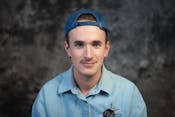
Benjamin Blanchet is the senior engagement editor for The Spectrum. His words have been seen in The Buffalo News (Gusto) and The Sun newspapers of Western New York. Loves cryptoquip and double-doubles.

